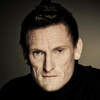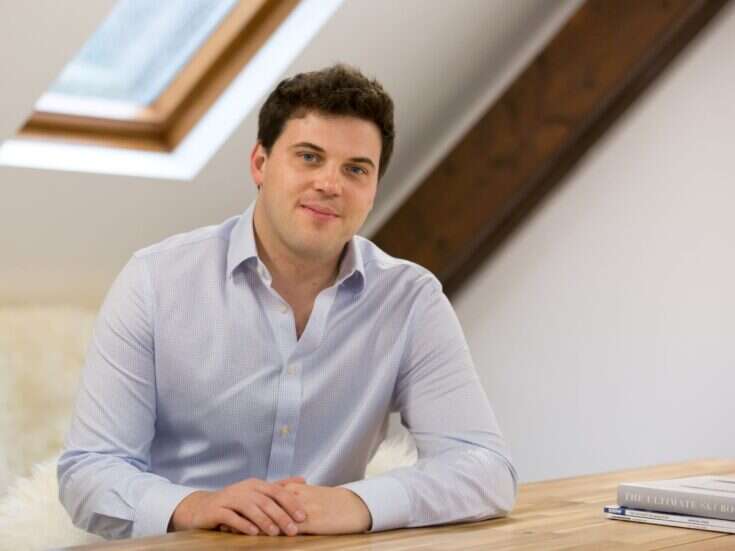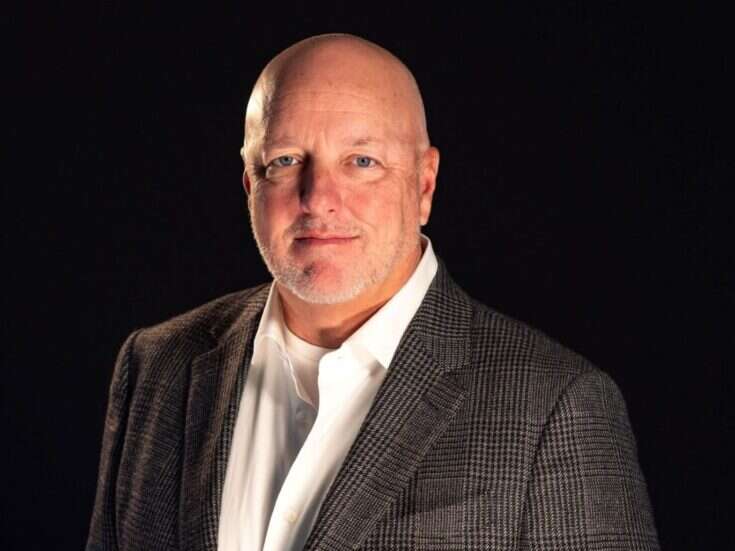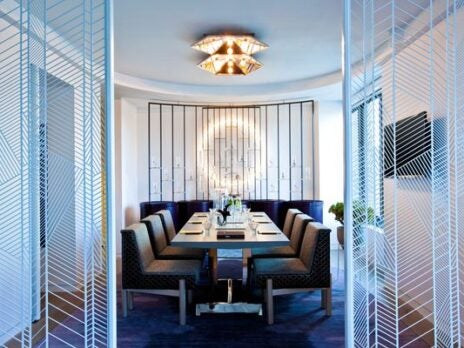

Co-Founder
Greubel Forsey
What company makes more than 100 units a year, each selling for over $400,000? If your guess was Rolls-Royce or Bentley, you would be wrong. However, with more moving parts than the engines of even the finest automobile, Greubel Forsey’s all tourbillon timepieces attract some of the world’s most discerning collectors. Founded by two veteran watchmakers and based in the watch cradle of La Chaux-de-Fonds, Robert Greubel and Stephen Forsey have placed their company at the top of the watchmaking pyramid, created the Opus VI for Harry Winston and attracted a 20 percent stake from Richemont in just six years. On a recent trip to New York, Forsey stopped to chat with Elite Traveler Editor-in-Chief Douglas Gollan about how ultra-expensive watches held up in the worst recession in 80 years, making partnerships work and, of course, his latest watch.
ET: Were your sales impacted by the recession?
Stephen Forsey: 2009 was an exciting and challenging year for us, but not from financial pressure. We were unable to meet demand. We had a complete order booking at the end of 2008 going into 2009 and 2010. We kept growing steadily and solidly. We finally completed our new headquarters moving from eight different facilities under one roof, and we appointed Emmanuel Vuille as CEO. We have a long-term vision and it’s important to keep on track even in a difficult market. Maybe you have to tighten the belt a bit or be creative, but our mindset isn’t to cut. The U.S. was a bit quieter, but that enabled us to intensify other markets.
ET: So it sounds like 2009 was pretty good.
Stephen Forsey: We had challenges also. We use a couple outside suppliers for things like cases and dials, and with the drop in demand for the industry we expected it would be easier. But the fact is that these suppliers were deeply affected and some of them went to three-day weeks. We generally had their best talent working for us, and there is always demand for top talent. So in the end it was a challenge since there were only three days a week to communicate and the best people were as busy as ever. Our retail partners last year were dealing with a sudden slowdown in their overall businesses so we had to change the way we worked.
ET: Tell us about the new headquarters.
Stephen Forsey: Putting everything together was very important. [Because] we do so few time pieces it’s possible to meet many of the consumers who are our customers, [and] having the new headquarters gives us a place to welcome them. It also gives our customers the chance to actually meet the person who made their watch. The building was an 11-million-Swiss Franc [nearly $9.9 million] investment and it is a combination of a modern, environmentally-friendly building attached to a historical Swiss farmhouse from the 17th century. We have 65 employees from Greubel Forsey and 35 more from CompliTime, our company that handles research and development and works on projects for other companies. The total space is over 30,000 square feet and the roof has a layer of grass that provides insulation and reduces impact on the environment.
ET: What’s the significance of the farmhouse?
Stephen Forsey: Having the farmhouse there reminds us of the tradition, that Swiss watchmaking began by farmers who made watches during the winter. It is a good reminder to respect the traditions and the craftsmen who make the watches. It is also a great way for us to help explain to visitors and tell them about the craftsmen who make and finish watch movements.
ET: Is there a typical Greubel Forsey customers?
Stephen Forsey: It goes without saying that they have to have the money to buy the product, but after that they are globally mobile and many are quite young with quite a few customers around 35 or even younger. They also tend to be serious collectors. There aren’t that many watchmakers where the founders are still there and involved so they also seem to appreciate their contact with Robert and myself. They ask us a lot of questions and they give us good ideas. We really develop a relationship with a lot of them.
ET: Do you have anything new?
Stephen Forsey: Our Double Tourbillon 30 Degree Historic Edition is our way of closing out the first model we offered in 2004. It will be a unique edition of 11 pieces in red gold and 11 pieces in platinum making a total of 186 pieces in the series.
ET: And once you make a watch, you unmake it, so to speak?
Stephen Forsey: We build the movement then test it for four weeks like a running in period for a car. The watchmaker then dismantles, inspects and overhauls the movement. Then there is the final finishing, changing the screws, putting it back together and more testing to make sure the performance is where it should be and casing it up.
ET: It doesn’t sound like you’re in a rush to expand or grow.
Stephen Forsey: We don’t have to answer to shareholders. We have a sound model and it is dependent on unique skills. The people with those skills are limited, so it will be a while until we can increase production—so, if in five years we were at 150 pieces a year, that would be significant. We want to stick to what we do well, which is innovation and creating, design pushed to the limit, and when you are pushing the limits you can’t say it is going to be completed on a schedule.
ET: Partnerships in business can be a challenge. Any advice for readers?
Stephen Forsey: Trust is very important, as is having complementary skills, as well as being able to give and take. You make some wrong choices and [some] good ones, so the whole exercise is to stay one step ahead of it. We’ve also built a strong and dynamic team that works hard and each person has a role to play. There really isn’t a top or bottom.
ET: You travel quite a bit. Any favorite hotels to recommend?
Stephen Forsey: In Singapore, I like the Valley Wing at the Shangri-La. They have an amazing breakfast where you can have food from virtually any part of the world, which is a good way to start because breakfast starts your day and it gets you thinking. The service is personal, but not too personal. In Hong Kong, The Peninsula has spectacular views of the harbor and in Los Angeles the Beverly Wilshire has a nice pool, which I like so I can have a swim.








